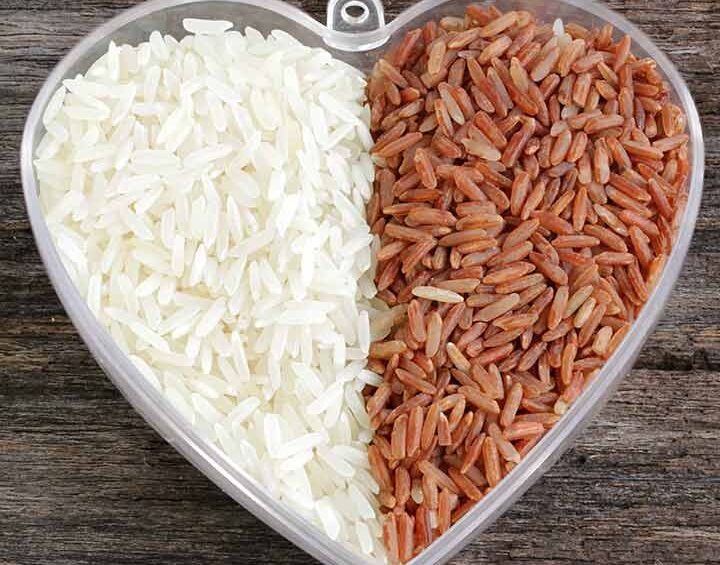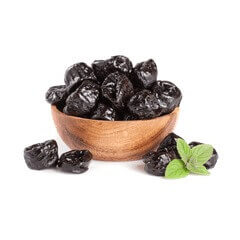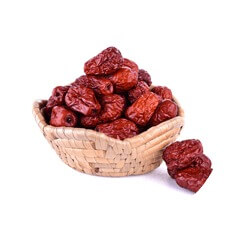Rice is an important source of iron, phosphorus, magnesium and vitamin B. There are two kinds of rice: white rice and brown rice. More or less, white rice is comparable to brown rice, and the difference lies in the membrane that envelops the seed (the husk). For white rice, this has been withdrawn, while it remains for brown rice.
With or without the ball? The difference is significant in rice’s taste, colour and nutritional value. Let’s compare them.
Whole, Cargo or Brown Rice
There are quite a few synonyms for brown rice: husked rice, brown rice or brown rice. Did you know that certain types of rice, such as Basmati rice or jasmine rice, exist in both white and whole-grain versions?
- Basmati Rice
This long-grain rice is also called ‘fragrant.’ This name comes from its delicate fragrance. Do you like Indian cuisine? Then Basmati rice should definitely be on your ingredient list, and it will delight your taste buds in every dish it makes.
- Jasmine rice
Jasmine rice is a long-grain rice, also called panda rice. Its taste is less delicate than that of Basmati rice, and it goes perfectly with all your curries.
- Wild rice
Did you know that wild rice is grass? It is both very healthy and nutritious, and its taste is reminiscent of walnuts. Tip: it is delicious with wild mushrooms.
How Is Brown Rice Made?
Whole rice or brown rice is rice from which the outer husk has not been removed. It is non-sticky and lends itself perfectly to recipes requiring a more pronounced rice flavour. Of all the types of rice, brown rice is the most nutritious because it is unprocessed. Do you prefer white rice? Just know it is the same as brown rice but without the bran.
Is Brown Rice Healthier Than White Rice?
Brown rice is not necessarily healthier than white rice. But it is different: the flavour of brown rice is more pronounced than white rice and recalls the taste of nuts. The fibre and mineral content is also higher. In contrast, white rice has a more neutral taste. And corresponds more readily to the taste of the general public.
Higher Nutritional Value
Whether brown or white rice, the caloric value is the same. Both types of rice both contain as many calories as carbohydrates. The difference is in the amount of fibre, and Brown rice contains more, which also explains its high nutritional value. Fibre is particularly important for good digestion and gives the impression of satiety after the meal. Tip: rice retains its nutritional properties better when steamed rather than boiled.
Vitamins and Minerals
Brown rice and white rice both contain vitamins B1, B2 & B6, and these are important for metabolism and the proper functioning of the nervous system. Not content with containing more B vitamins than white rice, brown rice also contains more minerals such as phosphorus, iodine and manganese. If only vitamins and minerals are considered, brown rice is more likely to be chosen.
Conclusion
Is brown rice healthier than white rice? Not really. But it is different. You will opt for white or brown rice, depending on what is important to you. Brown rice retained its husk and, therefore, a lot of vitamins and minerals. Do you prefer nutritional qualities and a more pronounced flavour? Then brown rice will suit you better. Do you prefer a neutral taste (and more popular with children)? Then white rice is what you need.
Visit the ADNOOR website to get the best quality basmati rice, nuts, seeds, and dried fruits. We have been the importers, exporters, wholesalers, distributors, and co-packers of various nuts and grains in Canada for the last 25 years.







